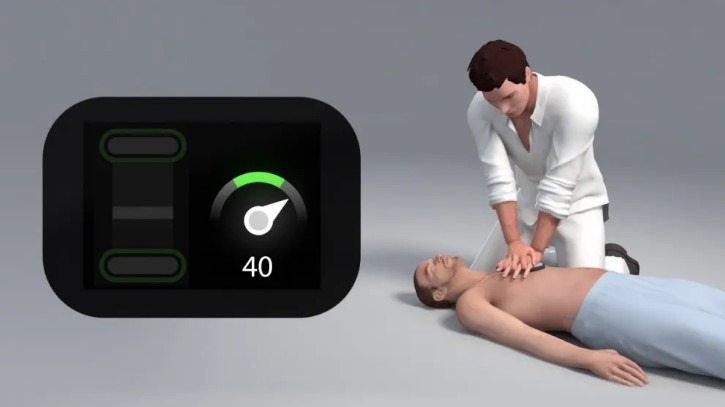What does a Chest Compression Feedback Device Monitor

When it comes to performing Cardio-Pulmonary Resuscitation (CPR), the quality of chest compressions plays a critical role in the survival chances of a person experiencing cardiac arrest. To ensure that chest compressions are effective and meet the required standards, chest compression feedback devices have emerged as invaluable tools in the field of emergency medicine. These devices offer real-time monitoring and guidance to rescuers, aiding them in delivering optimal chest compressions. But what does a chest compression feedback device monitor?
The Basics of Chest Compression Feedback Devices
Chest compression feedback devices are technological aids designed to assist rescuers in performing high-quality CPR. They typically consist of sensors or accelerometers embedded within a pad or band placed on the patient’s chest. These sensors detect and measure the depth, rate, and recoil of chest compressions administered during CPR.
Monitoring Compression Depth
One of the crucial parameters monitored by these devices is compression depth. Guidelines recommend a compression depth of at least 2 inches (5 centimeters) for adult patients. The device measures the depth of each compression and provides real-time feedback to the rescuer, indicating whether the compressions are reaching the recommended depth. This feature helps rescuers adjust their technique to ensure adequate compression depth, maximizing the chances of restoring blood circulation.
Assessing Compression Rate
Apart from depth, the rate of chest compressions is another vital aspect monitored by these devices. CPR guidelines suggest a compression rate of 100 to 120 compressions per minute for adults. The feedback device tracks the rate at which compressions are being delivered and alerts the rescuer if the pace is too slow or too rapid, allowing for immediate adjustments to maintain the optimal rate.
Recoil Assessment
Effective chest compressions involve allowing the chest to recoil fully between compressions. Inadequate chest recoil can impede blood flow and diminish the effectiveness of CPR. Feedback devices analyze the recoil phase, providing guidance to rescuers on ensuring complete release after each compression. This helps maintain optimal blood circulation throughout the CPR process.
Real-time Guidance and Training
Chest compression feedback devices offer real-time audio and visual cues to guide rescuers, ensuring they maintain proper technique throughout the CPR procedure. Some devices may also record compression data, allowing for post-event analysis and training. This feature enables healthcare providers to review performance, identify areas for improvement, and enhance CPR skills, ultimately leading to better patient outcomes.
Importance in Improving CPR Quality
High-quality chest compressions significantly impact the survival rates of individuals experiencing cardiac arrest. Research has shown that the use of feedback devices during CPR results in improved adherence to guidelines and increased confidence among rescuers. By providing accurate and immediate feedback, these devices enhance the quality of CPR, potentially increasing the chances of successful resuscitation.
Conclusion
Chest compression feedback devices serve as invaluable tools in the hands of rescuers, providing real-time monitoring and guidance during CPR. By evaluating compression depth, rate, and recoil, these devices help ensure that CPR is performed effectively, ultimately improving the chances of survival for individuals in cardiac arrest situations. As technology continues to advance, these devices will likely play an increasingly crucial role in enhancing the quality of emergency medical care, saving more lives in the process.





